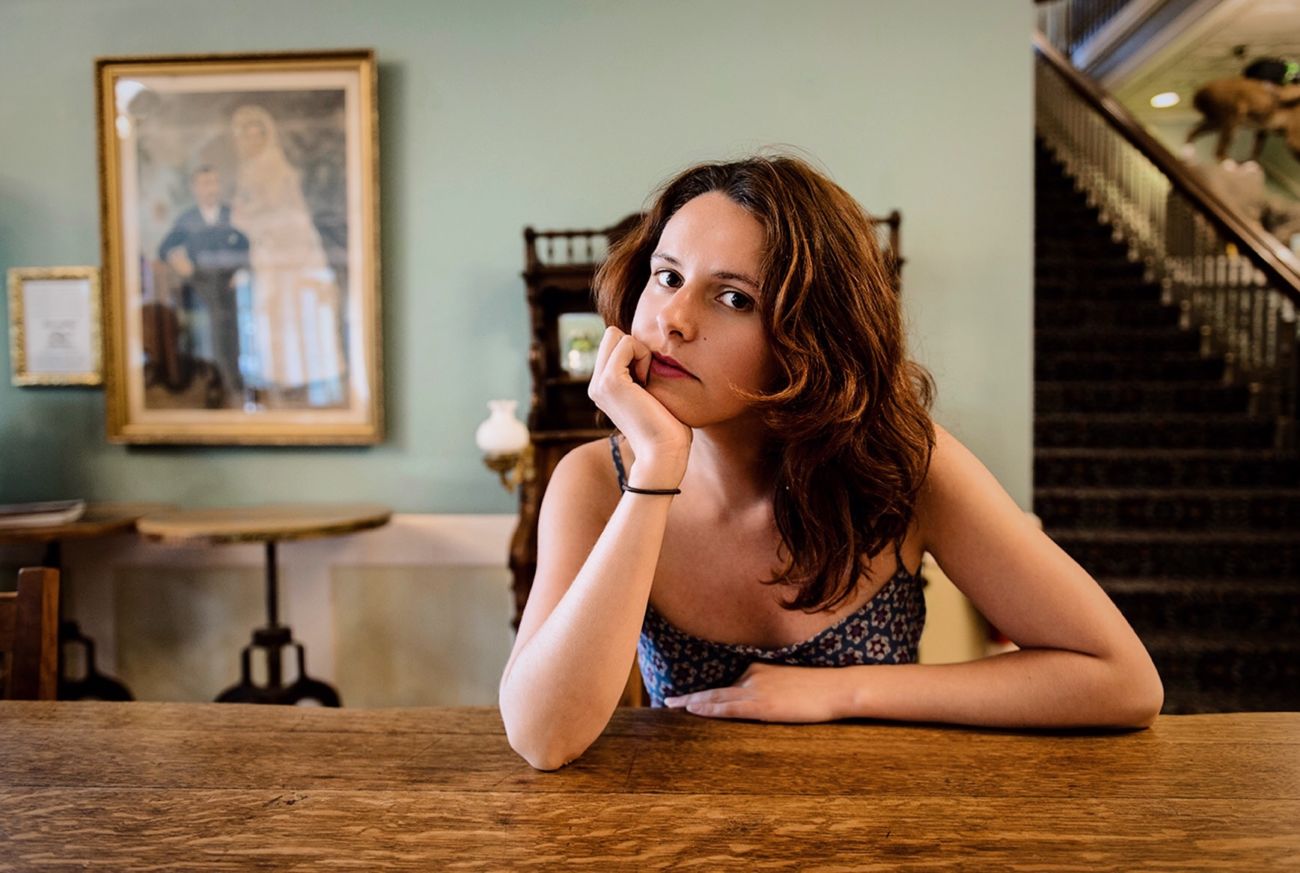
Hello my dear readers! I’m super excited to introduce a new section into this blog that will highlight all the amazing photographers that inspire me and from whom I learn on daily basis. I actually have interviewed someone before when my blog was still very new (check out the post with Satesth Ramjattan here), but this time I plan on doing it on a more consistent basis. I hope the interviews with these amazing photographers bring you as much value and inspiration as they have brought me.
So without further ado, I introduce you to my dear friend and street photographer extraordinaire, Sonia Goydenko. Sonia and I met in New Mexico at a photography workshop she was part of. We’ve become close friends since and I have been honored to be part of her photographic journey. She is incredibly talented. Her work carries an air of mystery to it. She has exhibited her photographs in several places around the world and has been published and interviewed by several street photography mediums. Her eloquent and in depth responses to my questions are a true delight to read. I learn a lot from Sonia and I hope you will too.
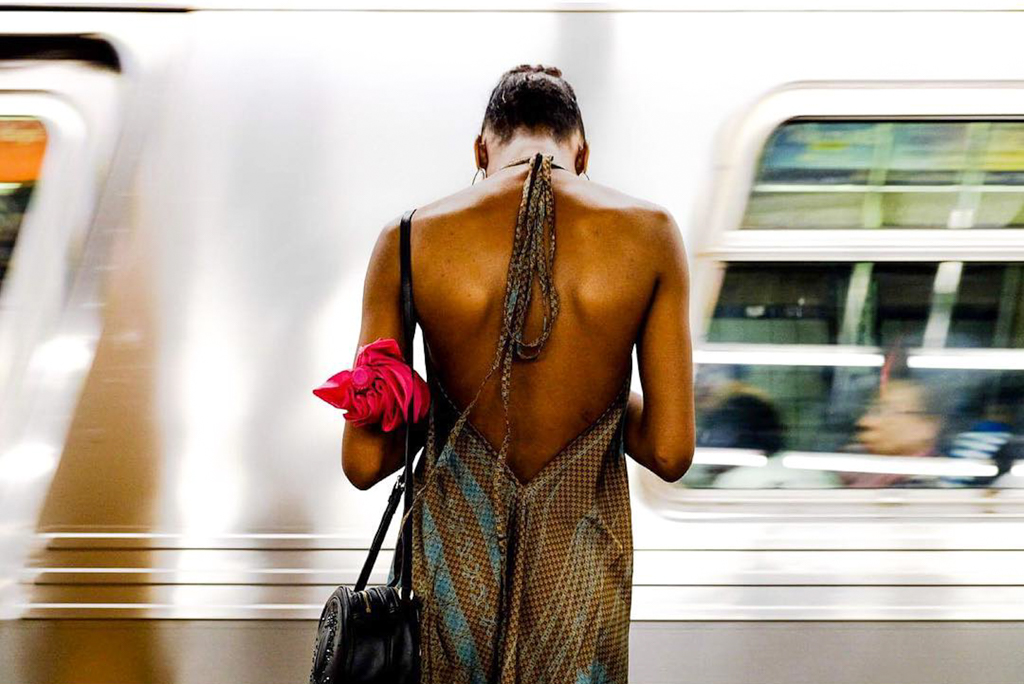
1) Tell me about your journey to become a street photographer. How and where did this all begin?
My stepfather bought me a little point and shoot camera when I just got out of college, but I like to think that my journey started way before that. I’ve always been keen on noticing things while walking the streets. I remember when I was 5 years old and my grandfather would take me on all day walks. We’d start out in the morning and didn’t return until late in the day. We would walk all around the neighborhood and even though my grandfather only knew 3 phrases in English he still managed to stop and talk to everyone we met along the way. There’s one woman I remember vividly in my mind. She lived in the building next door and would sit outside on a chair in the parking garage, drinking beer every single afternoon. My favorite thing about her was that her entire back was covered with a giant tattoo of a naked mermaid. This was a time when almost nobody had tattoos, especially ones that covered the entire body. I remember staring at her back and tracing the mermaid with my finger while my grandfather and her talked. I think of these long walks as a primer for how I view the world now. They’ve made me opened and engaged with the world, rather than afraid of it.
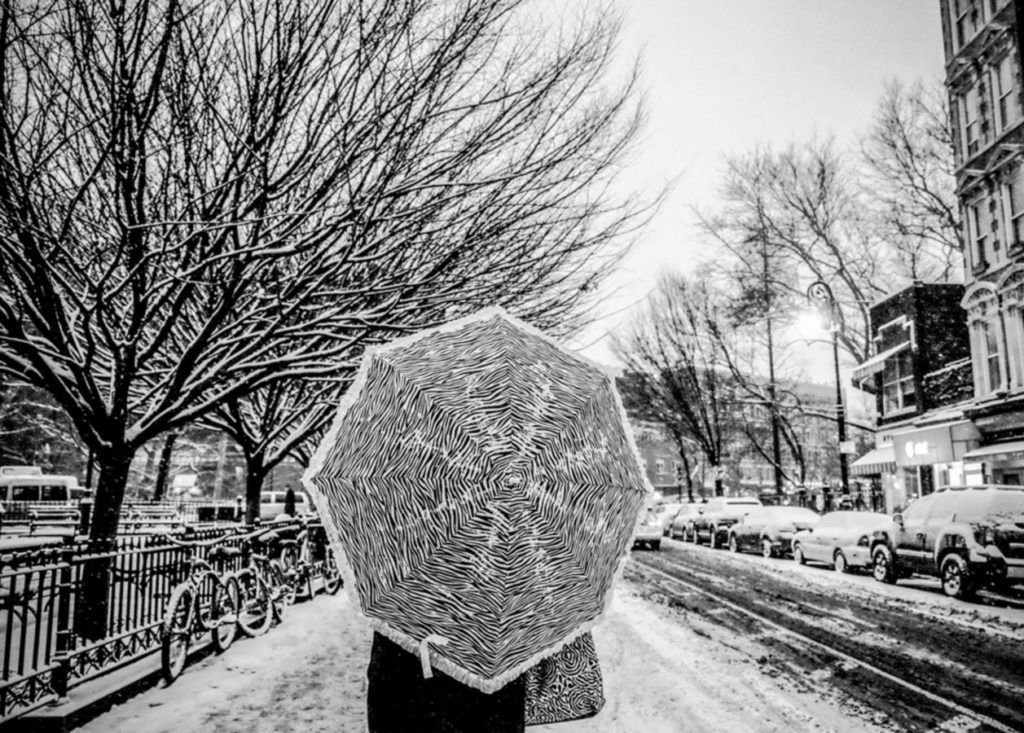
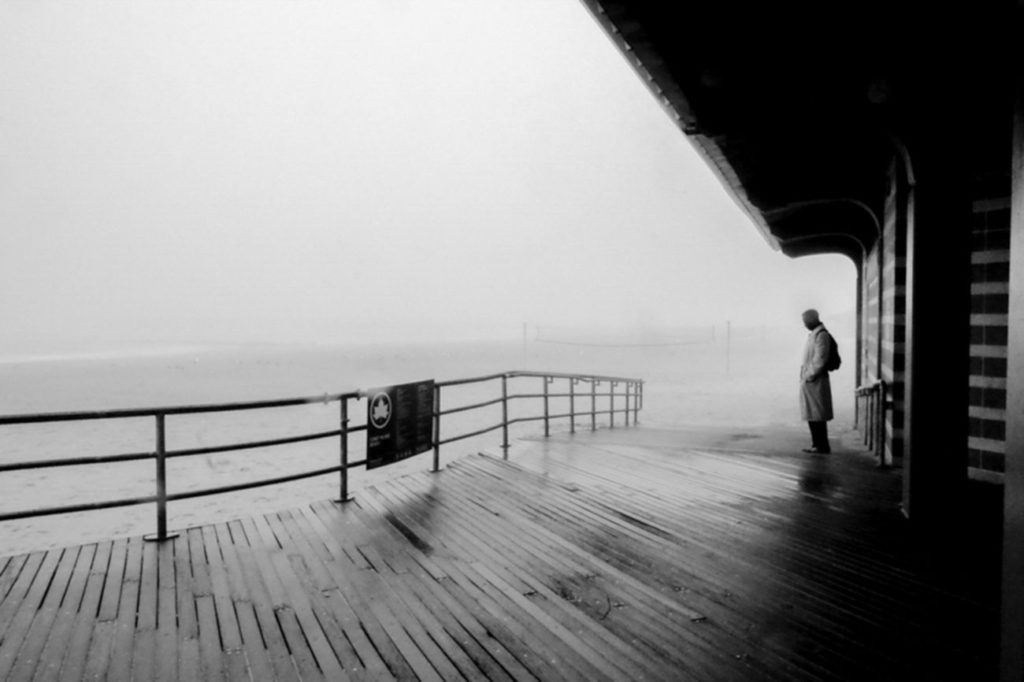
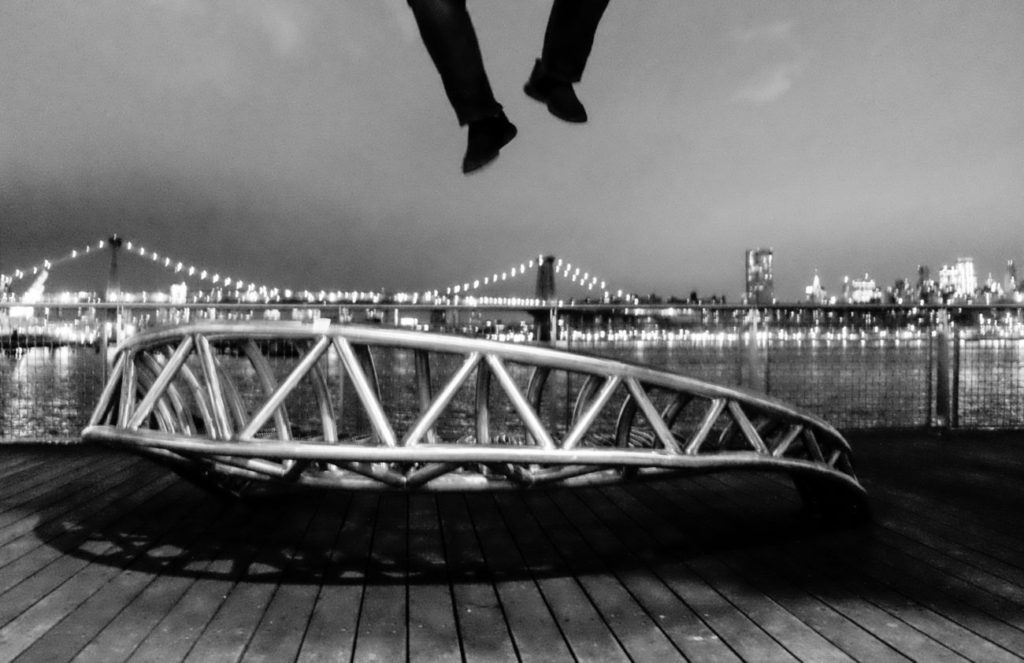
2) Why street photography? What draws you to it? What makes it unique and distinguishes it from other genres?
Street photography is the most difficult type of photography in my opinion. The photographer has to create order out of chaos. There is only the moment in front of them. No do-overs. Once the moment is gone, it’s gone. That’s what excites me about street photography. It’s so fleeting. It’s like life. There is no guarantee of a future, only the present moment. The act of street photography forces the photographer to act on the present moment. To say yes to it. Yes to capturing it. Yes to life.
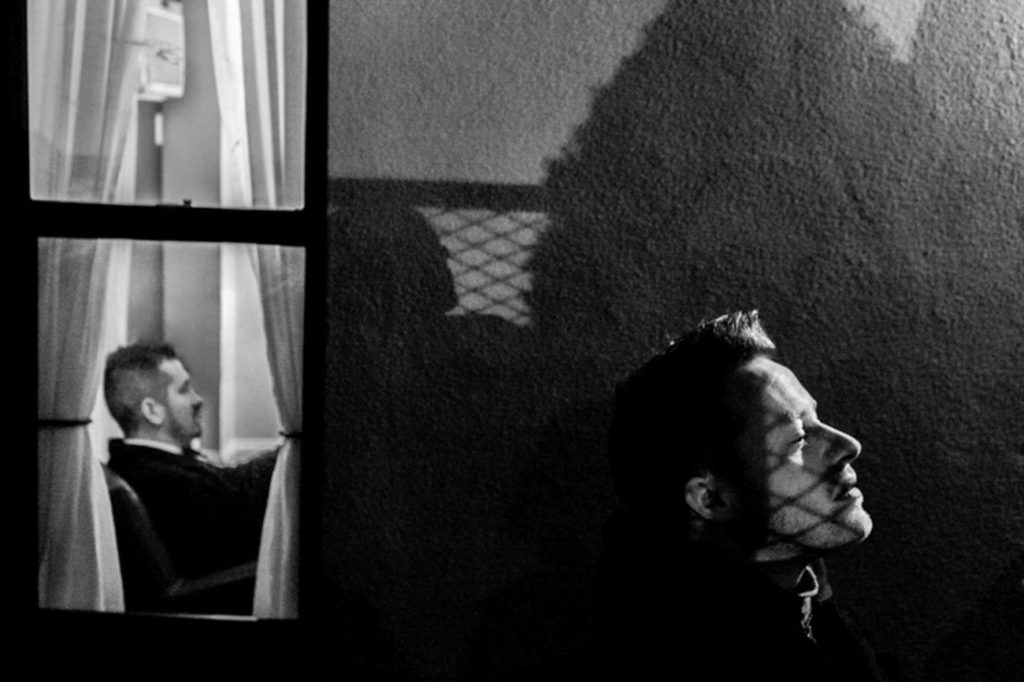
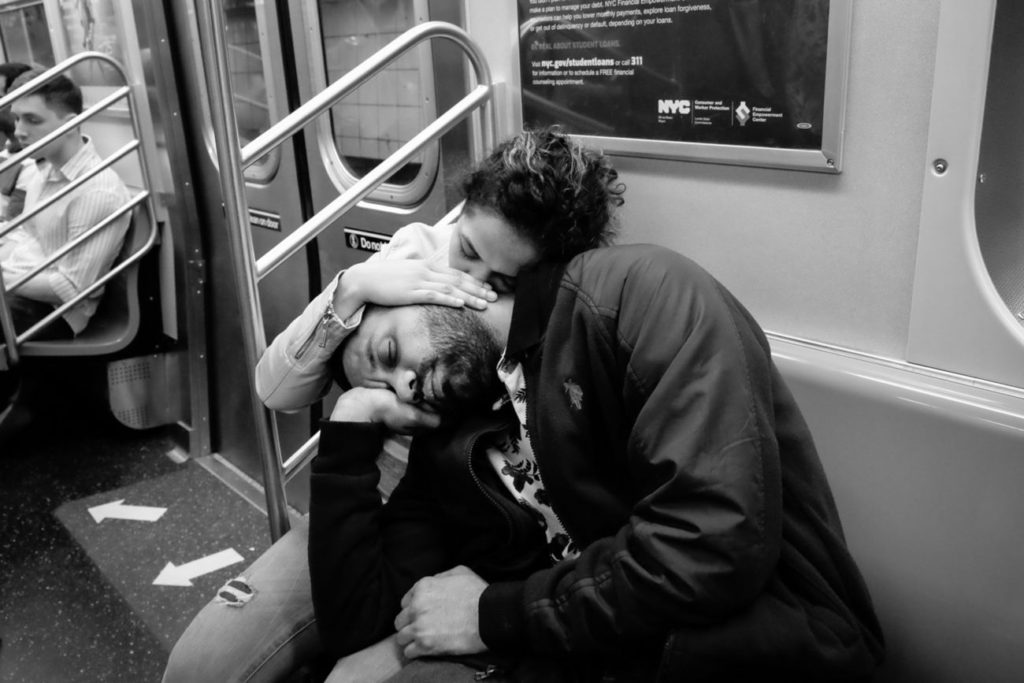
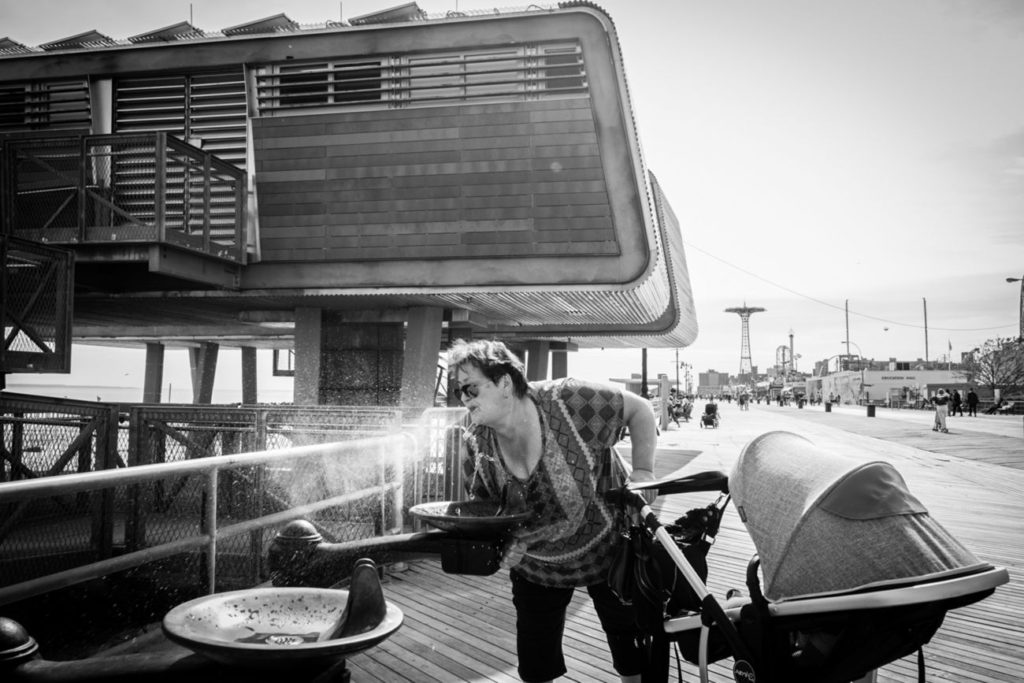
3) Who are your favorite top three street photographers and why? What are the biggest lessons they have taught you?
I actually have four favorites and they are as follows:
Diane Arbus:
The portraits that Diane Arbus have made are absolutely mind-blowing. She was able to approach a person she didn’t know on the street and in a short span of time, bring out remarkable qualities in them. She mostly photographed people on the fringes of society who were almost never photographed. Some critics say that she took advantage of them, but I believe that without her images of the subjects, we wouldn’t have the intimate, visual history we have of them now. Her work has convinced me of the importance of photography and gave me the confidence to head out into the streets and shoot. She’s made me feel that what I am doing matters.
Garry Winogrand:
No one’s work has influenced my own as much as Garry Winogrands’. A firm believer in learning by doing, I was first introduced to his work at the Metropolitan Museum of Art in 2014. Never had I seen such a large collection of street photographs. The amount of energy and character in each one truly amazed me. Winogrand was able to document a dynamic, lively event and present it in an even more interesting way. I learned more about the American people in three hours at Winogrand’s exhibition than in all my studies of US history at school. His photographs portrayed an evolving nation: a postwar 1950s America, a socio-politically charged 1960s America, and a glamorous yet grotesque 1970s America.
The reason I have named Garry Winogrand as the most influential photographer for me is not only because he got me into photographing the streets. What really hooked me on to his work was the length of time I could spend viewing his photos. At first glance, his photographs seem random and chaotic: a group of faces here, a stray limb there. However, when looking at his image for a prolonged period of time, the viewer begins to see and feel an underlying depth and psychology to each photograph. Although humorous, edgy, and visually exciting, there also lies an isolation and inner struggle of the people in the photo. His photographs depicting middle class and extravagant American women remind me of the paintings of German artist Otto Dix. Though not as grotesque as Dix, Winogrand’s photos do show a depth and darkness buried beneath the veneer of the American dream.
Marc Riboud
Although not as widely known as Henri Cartier-Bresson or Garry Winogrand, Marc Riboud’s work documenting Asian cultures is unsurpassed. His photographs of Vietnam, China, Afghanistan, and Iran left a lasting impact on me when I viewed them at the Rubin Museum in New York some years ago. Through his work he is able to show the life of ordinary people in these countries in an honest way. When looking at his work you feel that you are seeing the real inhabitants of the places; not posed, and not staged to fit the photographer’s fancy.
Not only was I impressed and influenced by Riboud’s photographs, but also by the personal difficulties he experienced as an emerging photographer. When starting out, Riboud was very shy, something which I can very much relate to. He would use his camera as a shield. It gave him an excuse to get close to people and document their lives when approaching them directly. Photographing on the street I often find that my camera acts as a kind of protector that gives me the confidence to get much closer to a situation than I would otherwise. Admiring how intimate and perfectly composed Riboud’s photographs are and then learning of the struggles he faced when taking them humanizes the photographer for me. Often we are presented with immaculate photographs and assume that the photographer who took them must have either been a genius or gotten very lucky. Learning that Marc Riboud used his camera as a shield because he felt too shy to approach people directly shows him as a real person with struggles and makes the medium more accessible to emerging photographers who are still trying to find their confidence and own style of shooting.
Gueorgui Pinkhassov
Gueorgui Pinkhassov, a photographer that I have recently discovered, has blown me away with his color photography. His work has been very influential in the structuring of my own. Pinkhassov has shown me that constant curiosity and the need to change one’s perspective is necessary for creating meaningful work. His photographs; some done in an impressionist style, give a surreal mood to the streets and people he is documenting. His education in cinematography is apparent in all of his work. Each image looks as though it has been taken as a still from a film. It is no surprise that the Russian film director, Andrei Tarkovsky invited Pinkhassov to work on the set of his film, Stalker. In a masterful display of shadows and light, each image of his differs from the next, yet all are immediately recognizable as his work. This is what I hope to achieve with my photography: a series of meaningful images that are not repetitive, but all have an underlying thread that unites them.
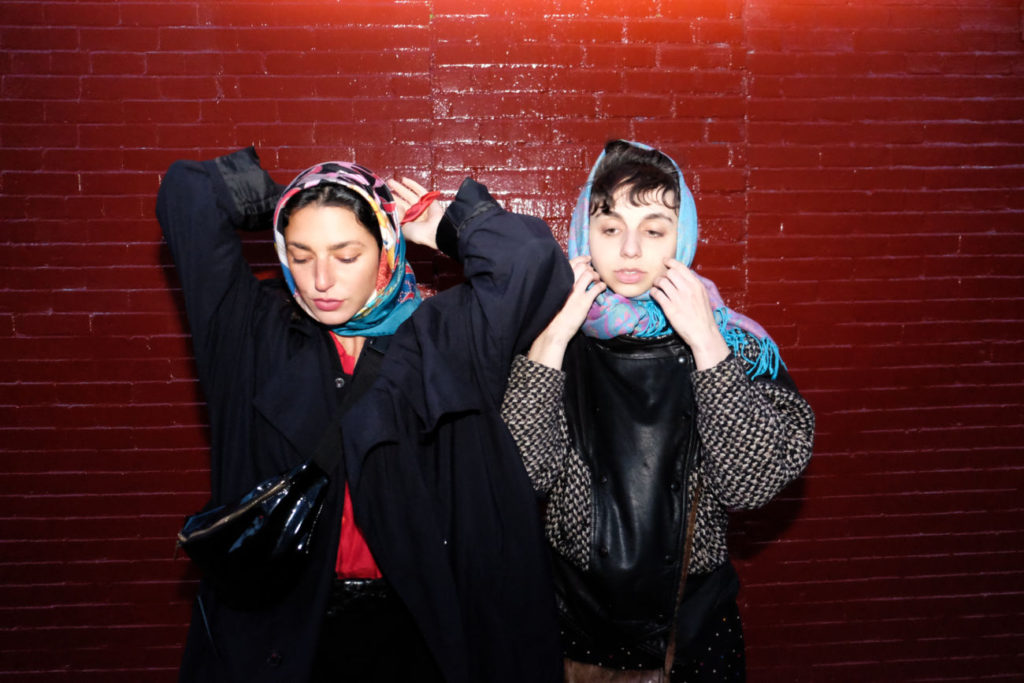
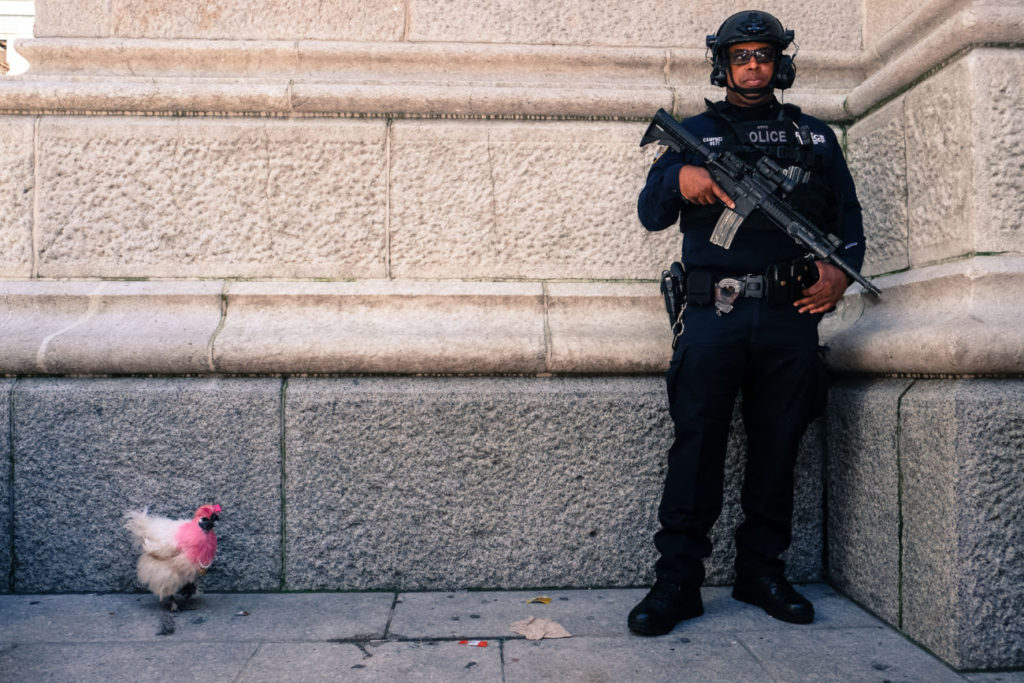
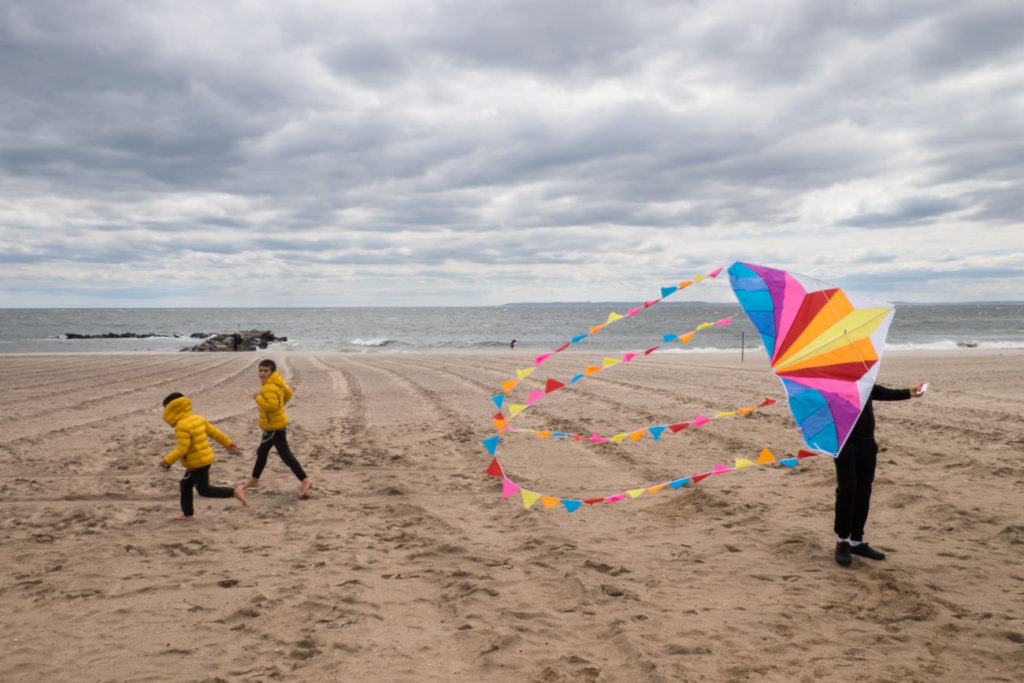
4) Tell me about a particular project you are currently working on or have worked on in the past.
There is a project I have been working on for about 4 years now titled ‘Fragments of Consciousness’. It has already been published and I have been interviewed about it. I hope to eventually make it into a book. The images were taken in New York City and depict people who are present in the physical sense, but appear disconnected from reality. Visibly tired of the hustle and bustle of urban life, people retreat to empty subway cars and darkened street corners to have a moment to themselves. Some are compressed by the spaces they are in and by the strangers who surround them. Others appear minuscule or lifeless, as if part of a movie backdrop. In this series, I strive to show the loneliness and restlessness that a person living in a big city often experiences. Living in a huge metropolis is something relatively new to human civilization and I have been exploring and documenting the toll this lifestyle has taken on people, myself included.
In general, I am very interested in how different people choose to live their lives, how there is no one fixed solution for a “happy” life, even though advertising and media constantly try to convince us that there is. I am especially fascinated with the Hasidic Jewish community in Brooklyn, specifically their rituals and holidays and have spent time documenting them this past year and a half. In addition to all of that, I am working on a project titled ‘Playground of the World’, which depicts the daily life I see during my weekly trips to Coney Island during the summer and winter. Coney Island was once described as the “playground of the world” because there was no other place like it. People of different classes, backgrounds, and races all came to Coney to enjoy the beaches and the boardwalk. In this series, I want to share with my viewers the incredible diversity that the place still offers even though it has undergone some dramatic changes over the last twenty years. Coney Island still retains an air of the mysterious and draws people from all walks of life to it. Perhaps this is why photographers are so attracted to it. Lastly, I am making plans to start a project about Kiev, Ukraine, the city of my birth. This will be very personal work and will require me to travel there and spend a few months getting to know the city I easily could have grown up in.
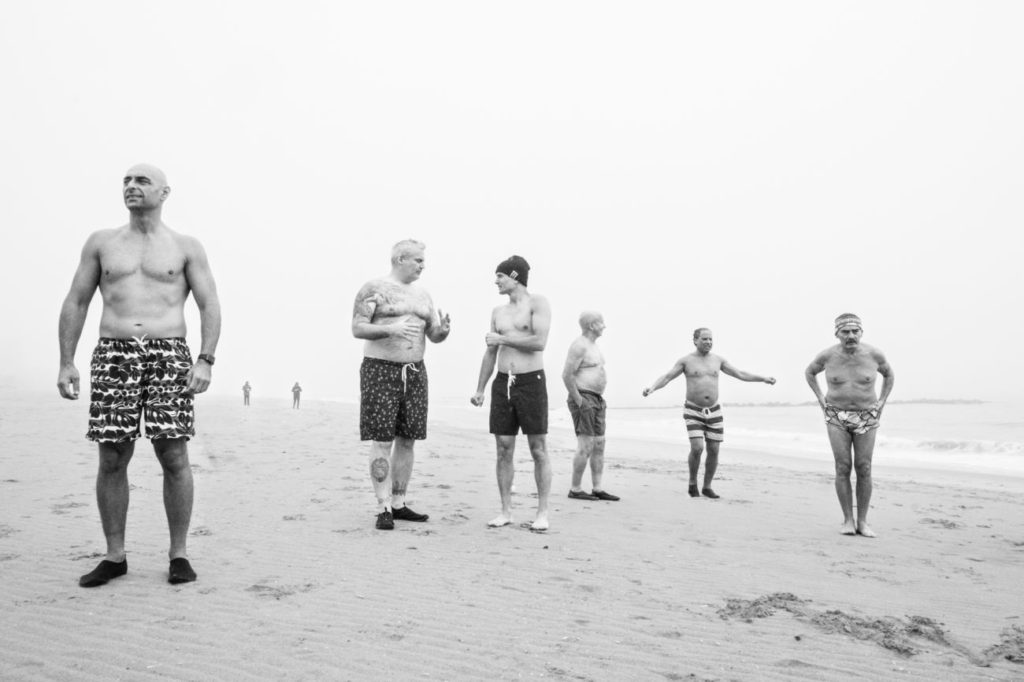
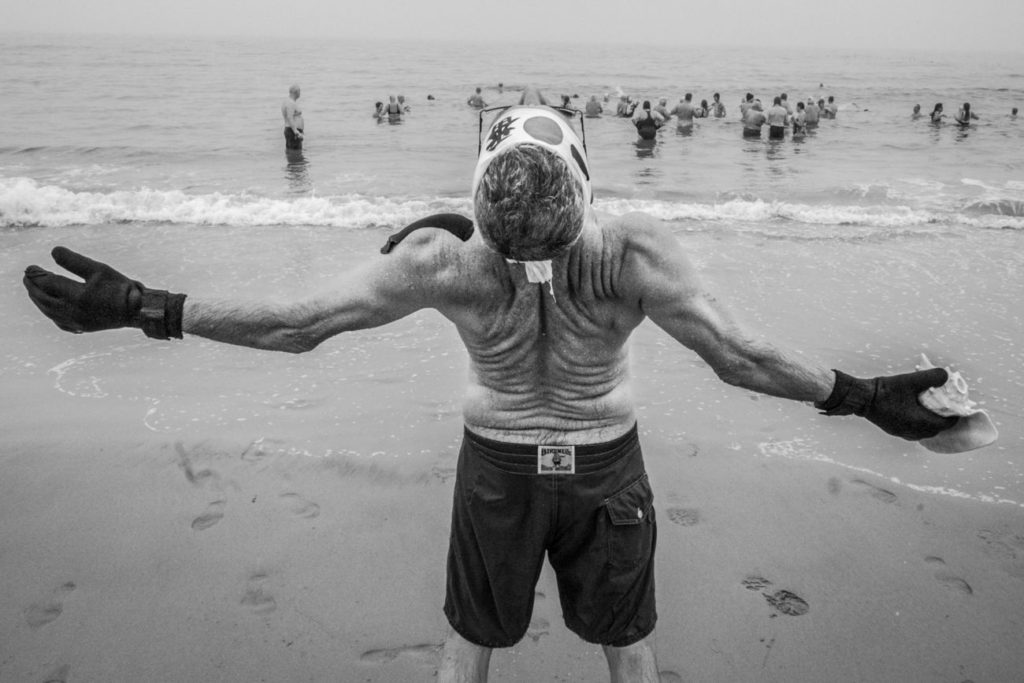
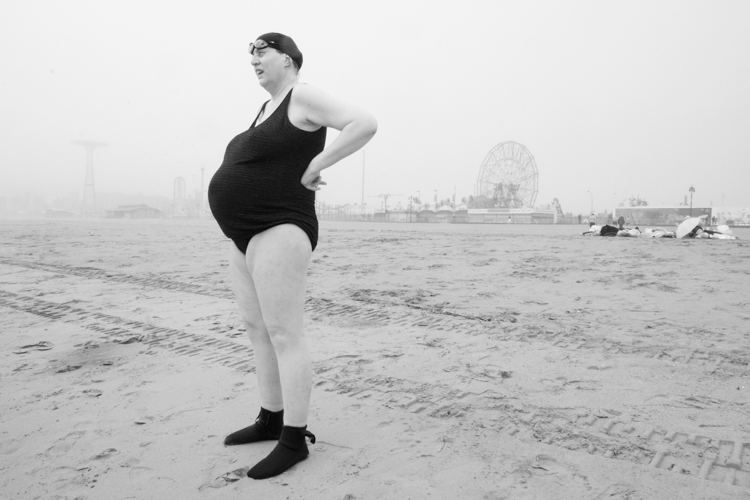
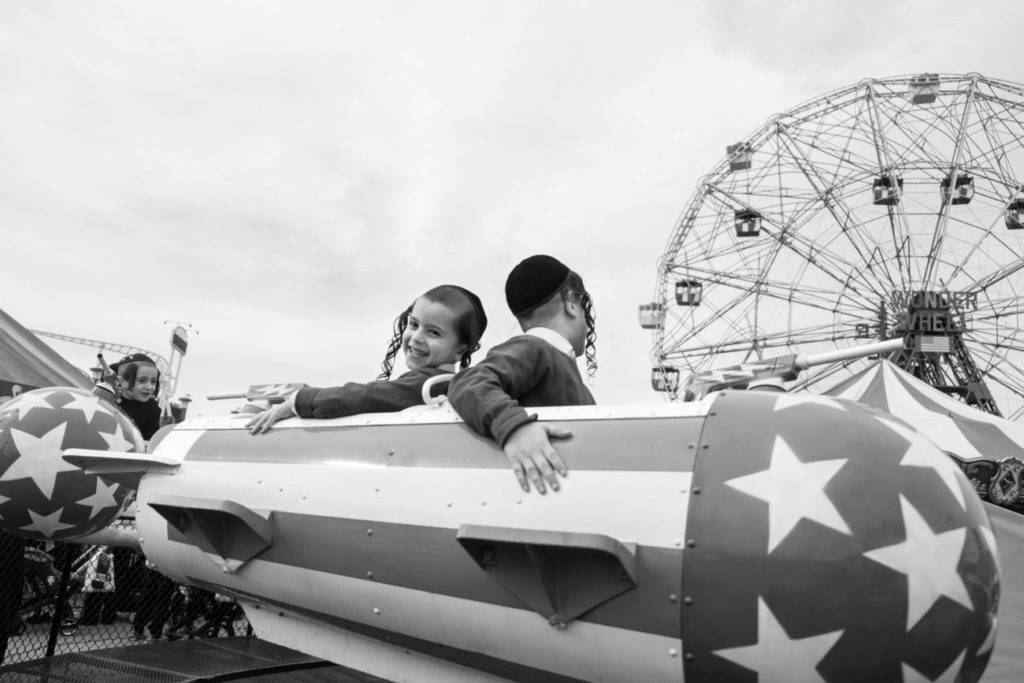
5) What would you say to someone starting out in street photography? What advice would you give them?
Get a camera and get out there! You don’t need a formal art education to become a street photographer. Look at lots of photobooks, watch beautiful films, go to art shows and photo exhibits. Find street photographers in your community, shoot with them and discuss photography. Always have your camera on you. It can be your cell phone. As long as it takes pictures, it is enough. Partner up with someone if you are just starting out and feel nervous about shooting on the street. It’s a lot of fun and you will also get to see how the other person approaches certain situations. Learn from them.
If you’re very shy, try shooting parades, events or demonstrations. Anywhere there is a public gathering of people, there’s a great opportunity to take photographs. The people usually expect to be photographed so you won’t stick out or look strange.
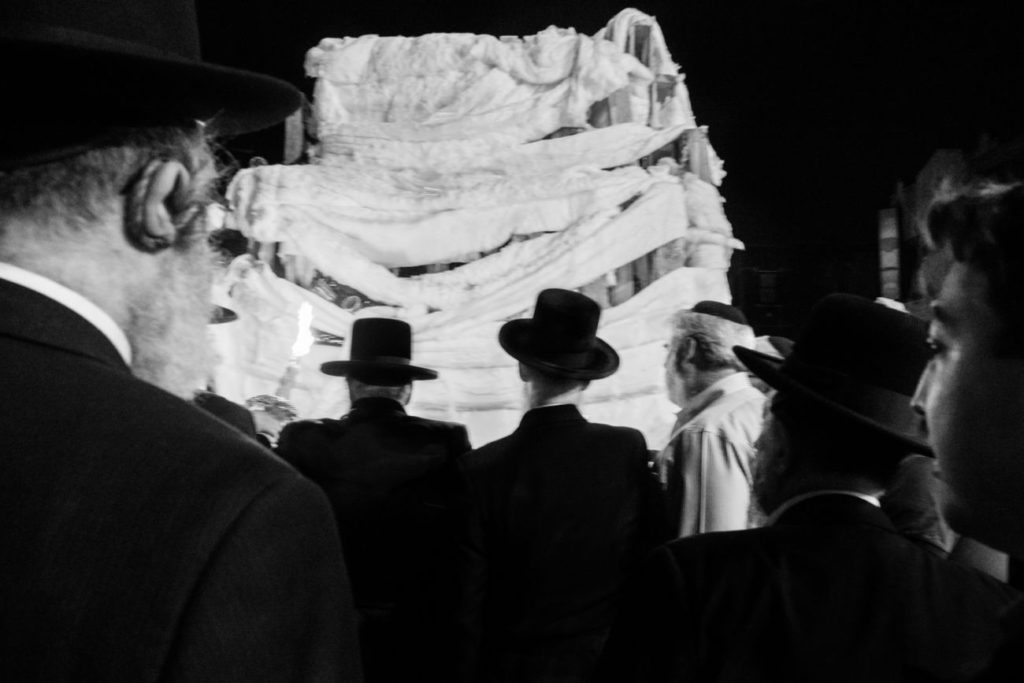
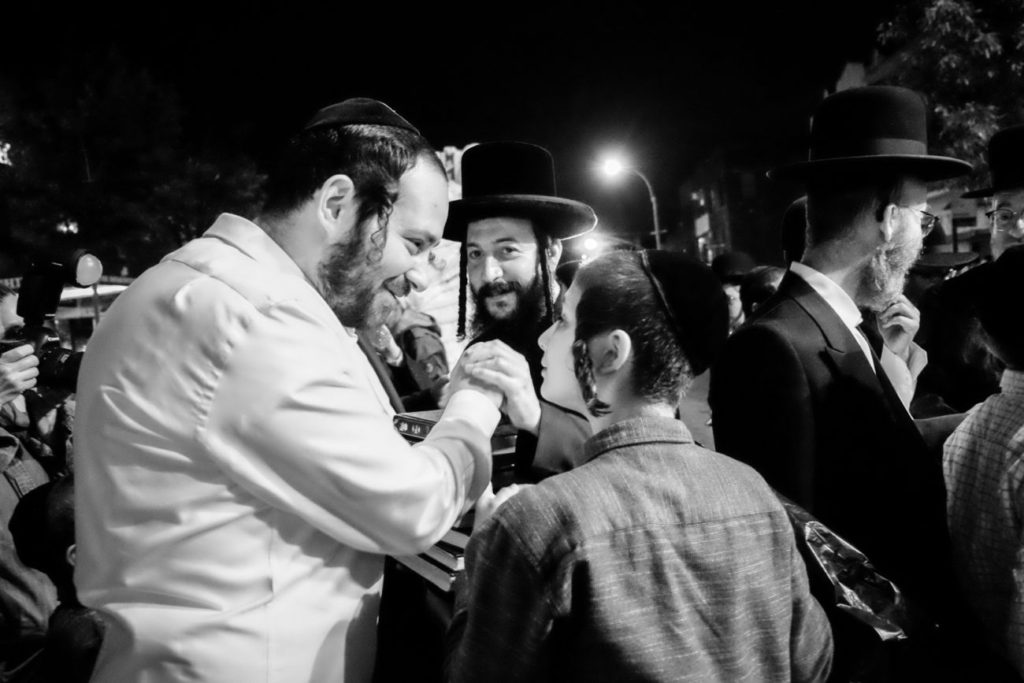
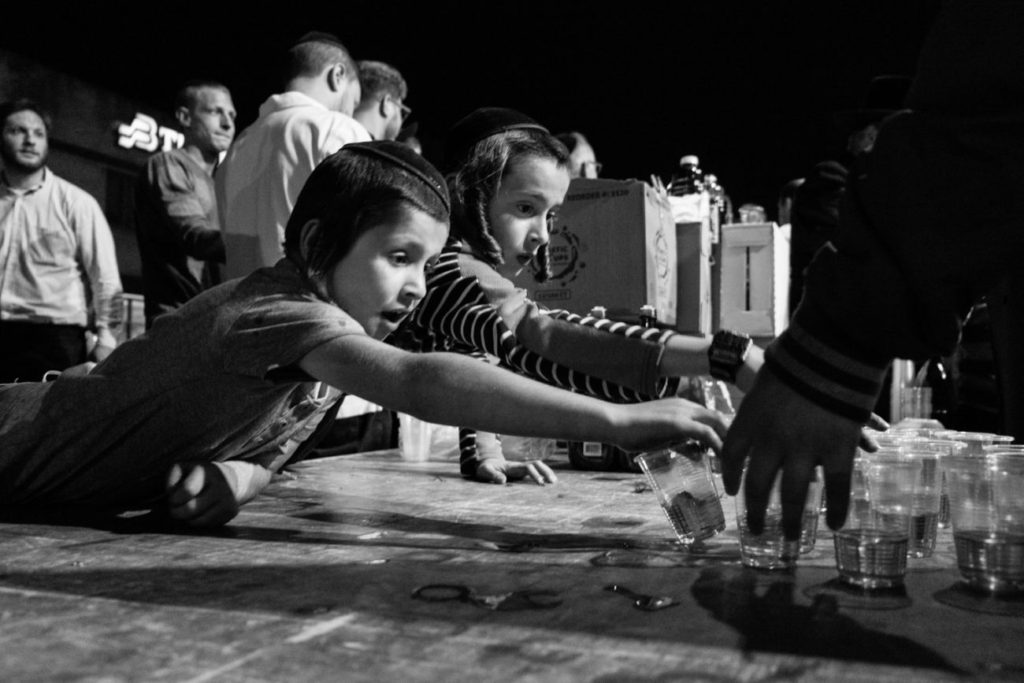
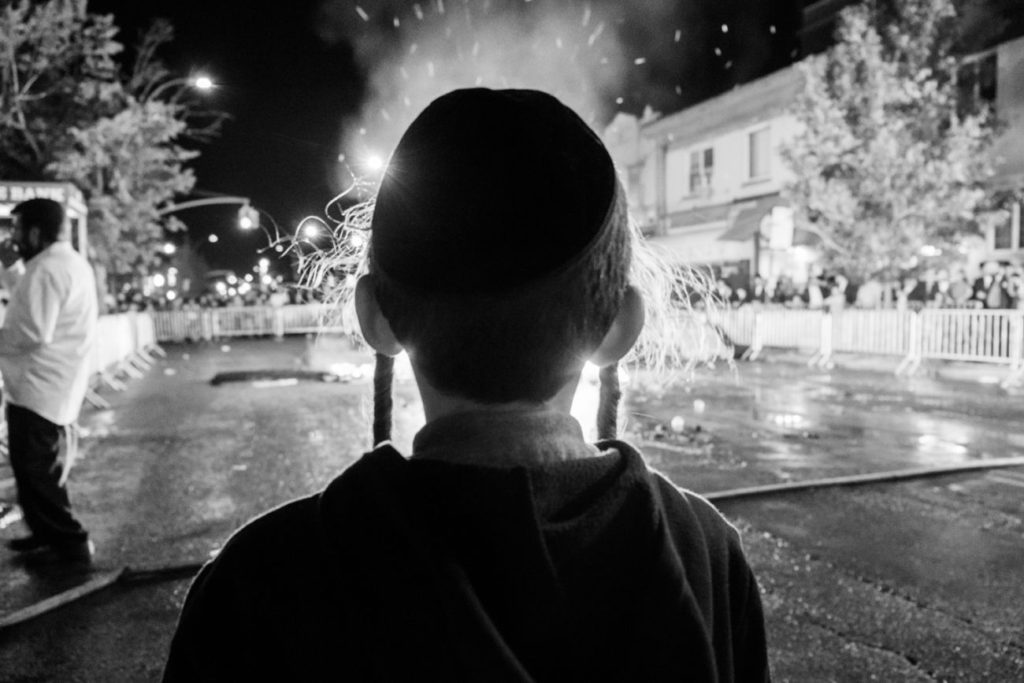
Remember that photographing someone on the street is like paying them a compliment. Out of everything that is in front of you, you choose them as a subject. If you put yourself into that mindset when shooting on the street, it will make the whole experience much more pleasant and enjoyable.
Don’t let anyone tell you what you can and can’t shoot. If you want to photograph a homeless person, then do it. Just remember to always be respectful. During the editing process look at the photo and try to understand what you were trying to say with this image. Look at other photographers who made similar projects to yours. Educate yourself about the subject matter and try to understand WHY you are drawn to it.
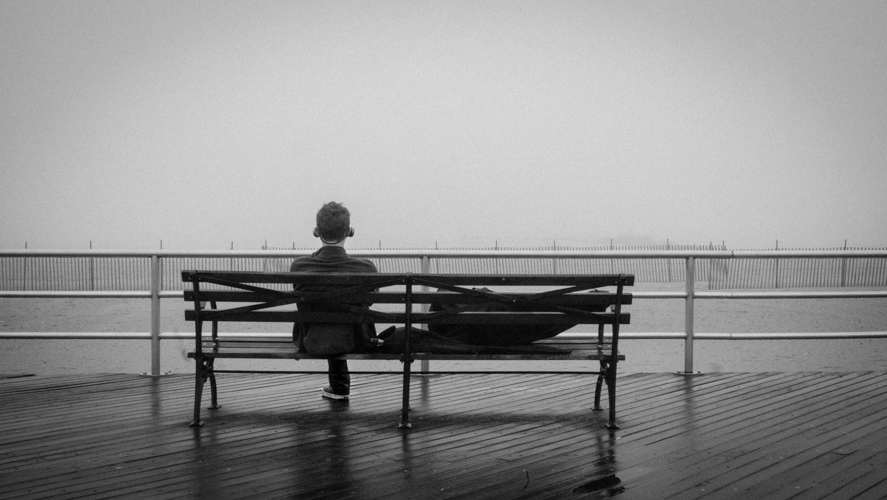
Hope you enjoyed this conversation I had with Sonia and stay tuned for more photography interviews in future posts! Please leave your thoughts, it always helps me bring the best value to all of you my dear readers.

Attachments area
Related Posts
Dispatches from the Polish-Ukrainian Border
The dusk came quickly and it started to rain again. The chilly, damp air permeated…
April 13, 2022Photographer Spotlight: Mauro De Bettio
Have you ever felt as if you’ve gotten to know someone based on…
January 30, 2022


Isabelle | 12th Jan 20
Very inspiring and beautiful photos. Thank you!!
Megan Kwasniak | 15th Jan 20
So glad you enjoyed the post and that it can be of value!
William | 14th Jan 20
Great presentation of Sonia’s work.
Megan Kwasniak | 15th Jan 20
Thank you so much William! Hope you get a chance to check out more of her work on social and on her website 🙂